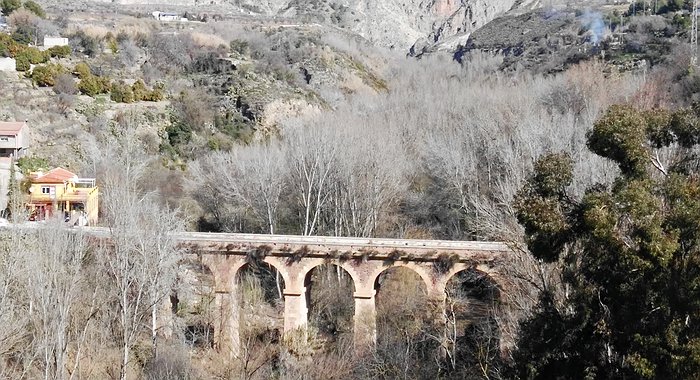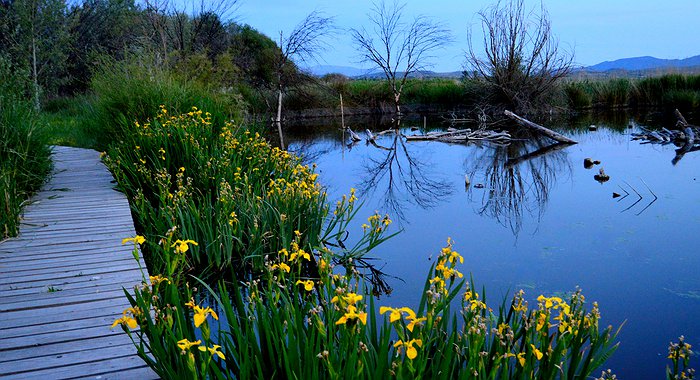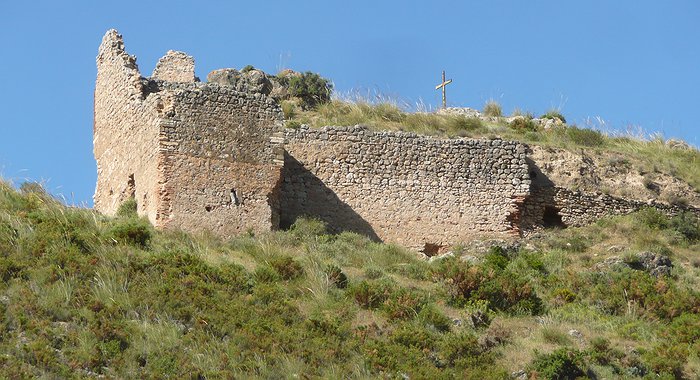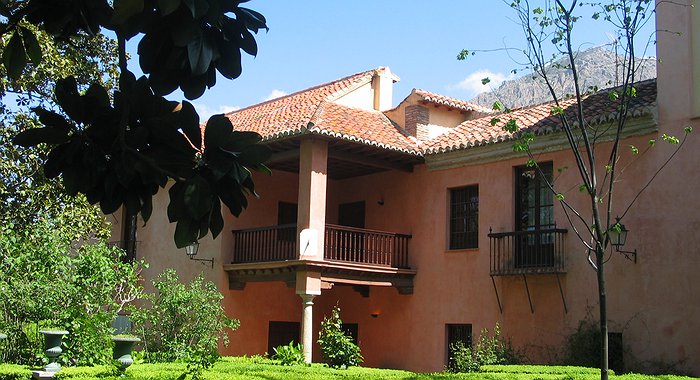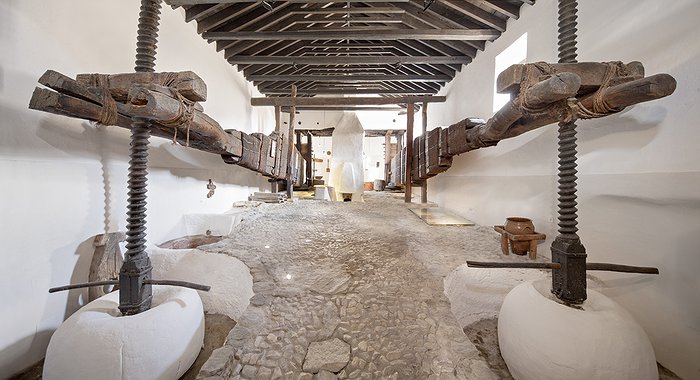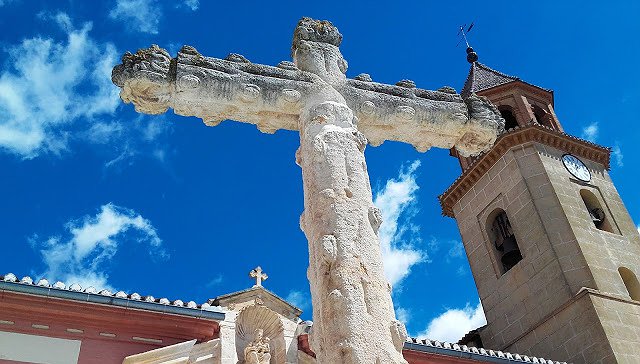I agree Our site saves small pieces of text information (cookies) on your device in order to deliver better content and for statistical purposes. You can disable the usage of cookies by changing the settings of your browser. By browsing our website without changing the browser settings you grant us permission to store that information on your device.
It was built in the middle of the 19th century. At that time, the old royal roads were replaced by more modern and wider roads, where carriages could pass.
This stone bridge was built in the narrowest area of the valley due to the difficulties that even in the last century presented a work of passage. In the same way, not only looking for economy but also for the volume of the work, it is the road that is totally subjected to the bridge and not the other way around, as we will see in the more modern ones, due to the fact that the criteria until very recently has been to economize in civil work even if the route of the road resisted (with difficult entrance curves and more or less pronounced access slopes). It has a roadway of 7 meters strict, without verges, and the N 323 passed through it until the construction of the prestressed bridge in 1980.
This privileged place is located on the southwestern slope of the Sierra Nevada massif, just 1 km from the centre of Padul.
Its natural importance makes it a protected area of the Natural Park of Sierra Nevada, with an area of nearly 300 hectares. The largest is made up of farmland and approximately 60 hectares are waterlogged and covered with marshy vegetation.
In addition, its great interest and environmental importance has given it such unique cataloguing as a Special Protection Area for Birds, a protected area of the Sierra Nevada National Park and a Wetland of International Importance under the RAMSAR agreement.
Thousands of birds pass through this wetland every year during periods of migration. This makes birding tourism lovers find an invaluable destination where to practice bird watching. The diversity in the Padul wetland means that up to 200 different bird species can be observed throughout the year.
This privileged place has great importance from the ecological, scientific and landscape point of view. It also has a peculiar peat bog, the southernmost in Europe, where in 1982 mammoth remains and other prehistoric animals were discovered.
Following the appearance of these remains, the mammoth has become an image and symbol of the municipality, creating a multitude of products and services with the brand of the mammoth, as well as even recreating this prehistoric animal on a real scale. You will find it next to the Padul Town Hall and in the surroundings of the prehistoric animal park.
The most accessible and respectful way to discover it is through its three prehistoric routes, the Mammoth Route, the Woolly Rhino Route and the Sabre-toothed Tiger Route.
Download here the guide of the Prehistoric Routes
Are you coming to discover Padul's wetland?
